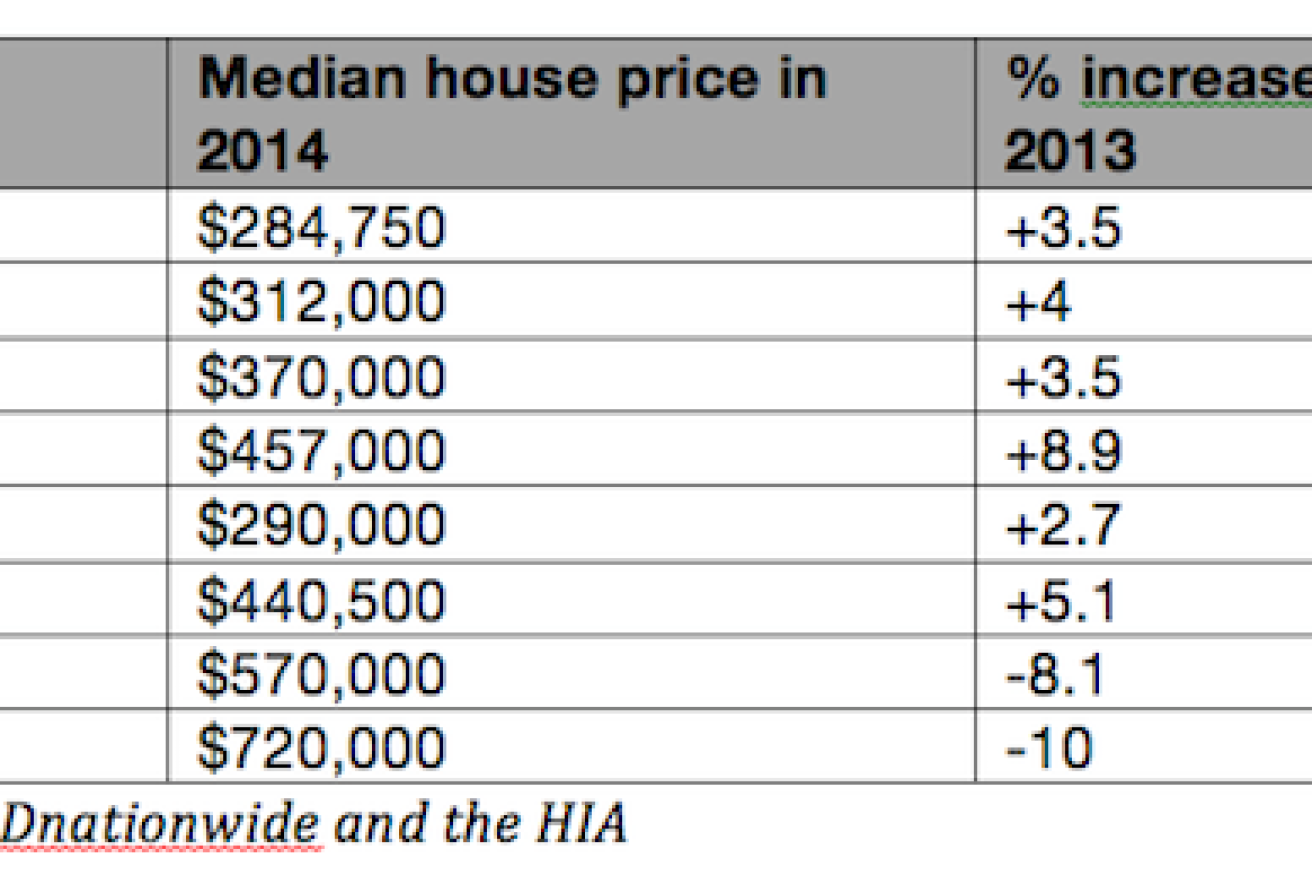Why regional property prices are on the rise


Regional centres within commuting distance of our major capital cities are experiencing solid housing price growth fuelled in part by suburbanites and other city slickers looking for affordable accommodation options.
• Search nationwide for properties here
• Are we facing the death of the big Aussie backyard?
• How to make your house seem bigger
While not at the heady levels of Sydney and Melbourne, median prices for a three-bedroom house in cities such as Ballarat in Victoria or Goulburn in New South Wales are growing at a steady rate.
Demographer Chris McNeill, of Melbourne-based Spade Consultants, says the increases are in line with long-term trends. Mr McNeill says the cities experiencing this sort of price growth have several things in common, including a high level of community services.
“They have reasonable proximity to a major metropolitan area, particularly capital cities,” says the former Urban Development Institute of Australia policy advisor.
“They also have good rail and road access to a capital city as well as established education and health infrastructure. And, importantly, they have a broad economic base.”
Mr McNeill says several factors are generating price increases in those cities including population growth and net migration, some of which may be from the surrounding region, some from capital cities and some from overseas migrants.
“In contrast, there has been a decrease in the median house price in a number of regional cities, particularly in areas with close ties to the mining industry where, with the mining boom now over, demand has eased in local markets,” he says.
Broome ($570,000; down 8.1 percent) and Port Hedland ($720,000; down 10 per cent) in Western Australia are good examples of this phenomenon.
Housing Industry Association economist Diwa Hopkins says Australia’s rising level of new home building has not just been a capital city phenomenon.
“Regional cities have also benefitted from improved conditions in the residential construction sector,” Ms Hopkins says.
Ever dreamed of change? See our top 10 regional towns around Australia
The economist says with house price growth in the Melbourne and Sydney capital city markets quite strong (in the double digits) in late 2013 and throughout 2014, the affordability advantage of housing in their neighbouring regional cities has improved further.
“This is particularly so, given that price increases in these areas have not been as strong,” she says.
“Consequently, new home building has responded to the increased demand. New home building approvals in Geelong – a very civilised 75-kilometre commute to the Melbourne CBD – in the year to November 2014 were at a historically high level.
“These approvals were also 11.8 per cent higher than in the previous 12 months and 28 per cent higher than the cyclical trough that occurred in the 12 months to April 2012.
“Similarly, in NSW – Wollongong (located around 90km from the Sydney CBD) has experienced a steady recovery in new home building over the past 18 months. In the year to November 2014, approvals in Wollongong were 38.1 per cent higher than in the previous 12 months and about 80 per cent higher than the cyclical trough experienced in the 12 months to February 2013.”
Ms Hopkins says moving from the capital city and associated suburbs to a regional city is a “trade-off” for some homebuyers who are swapping medium- and high-density living for a “larger place”.
“These people probably reckon they are getting more bang for their buck,” she says.
“You have lower house prices there (in the regional cities) but still have access to capital city labour markets.”
But Ms Hopkins points out that some cities not close to the capital cities have also recorded a growth in building approvals.
“Cities in New South Wales with shared cultural and economic links such as Albury, Armidale, Bathurst, Dubbo, Orange, Tamworth and Wagga Wagga are an example of inland regional cities focusing on lifestyle advantages (combined with state government incentives) to attract people and investment,” she says.
“Most of these cities saw new home building approvals in the 12 months to November 2014 at much stronger than a year earlier.”
 This story was brought to you by The New Daily using data and other information from its real estate content partner, realestateVIEW.com.au.
This story was brought to you by The New Daily using data and other information from its real estate content partner, realestateVIEW.com.au.
To download the new free realestateVIEW.com.au app click here!









